Manchester United's first season under their new name and ownership was a moderate success, they finished in fifth place after only managing to come fifteenth the previous season. Although they beat their neighbours 2-0 at Hyde Road, it would be City who came top winning promotion to the first division.
The team, photographed at the beginning of the 1903/04 (courtesy of manchesterunitedman1 - click on all these images for much higher resolution):
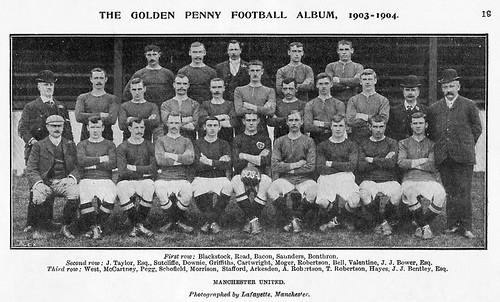

The team appear to be wearing two or three slightly different kinds of shirts, but as there are only 21 players in the photograph, that suggests it was not taken before a practice match and that they are probably all red home shirts. Clubs were still not particularly bothered if the players' kits did not match, so long as the colours were correct. Captain Harry Stafford is wearing a badge on his shirt, although the details are difficult to make out and I am unsure of it's significance. Stafford would retire from the game shortly after this was taken, without kicking a ball that season.
Although the investment from the likes of Davies and Stafford had bolstered the club financially, the fact was they were still a second division side - and this was not good enough for the new directors. Secretary James West found himself shouldering a lot of the blame - "For mistakes for which he was not really responsible", according to the Evening News - and promptly handed in his resignation to the board.
On September 30th, 1903, just two day's after West's departure, the board appointed the Burnley secretary Ernest Mangnall to the vacant position at United. Over the next decade, he was to have a profound influence over the club.
On September 30th, 1903, just two day's after West's departure, the board appointed the Burnley secretary Ernest Mangnall to the vacant position at United. Over the next decade, he was to have a profound influence over the club.
Just over a month later, instead of paying a transfer fee for Joe Schofield and Charlie Wright, United played their old club Ashton Town. Following the death of Alec Bell's father, "Out of respect the United turned out in new black and white jerseys". We can only guess that they looked something like this:
Almost as influential a figure as Mangnall in United's early years would be Charlie Roberts, a young half-back signed from Grimsby in 1904. Roberts would soon become United's captain and their first player to be selected for the English national side. He is said to have caused a stir by insisting on playing in short shorts when the FA rules at the time stated they should be knee-length (photograph C1911):
Roberts' debut came during the penultimate home game of the season and saw United beat Burton Utd on the way to finish in third place, narrowly missing out on promotion. They found themselves in the exact same position at the end of the following season, but in the 1905/06 season, United finished in second place and were finally promoted back into the top flight after 12 seasons in the second division.
The team line up before a match early on in the 1905-06 season (again original photo from manchesterunitedman1 collection):
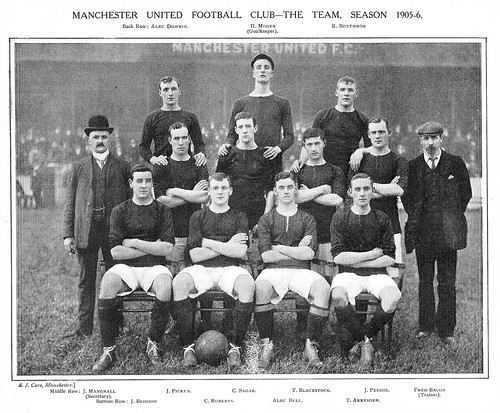

The home jerseys were in the style of those worn in the previous season (this style of shirt would be worn until 1911, albeit with plain black socks from 1907 onwards). Other photos from this time period show that the socks worn were mainly the ones with the blue hoop, although in this photograph some players are wearing plain black ones.
Another photograph from the 1905/06 season shows the players before a practice match with half of them in home kits and the other half in white change shirts. Details are hard to make out, but they appear to be the same as those worn as part of the home kit at the turn of the century:

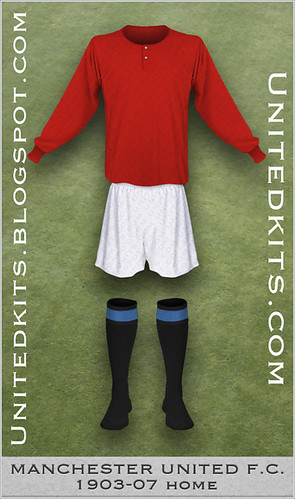
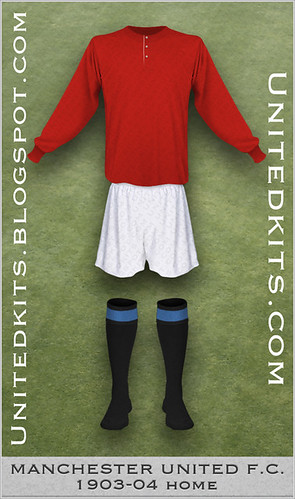

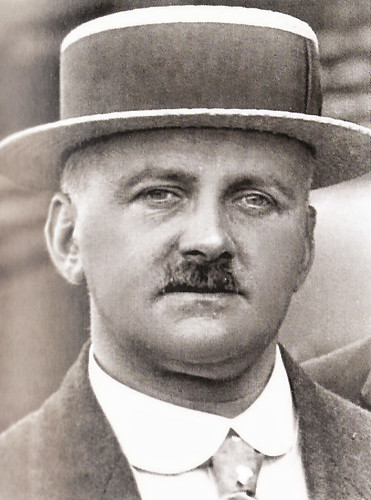
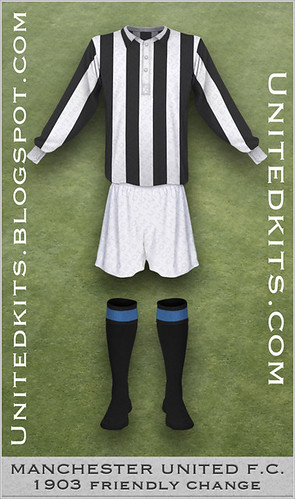

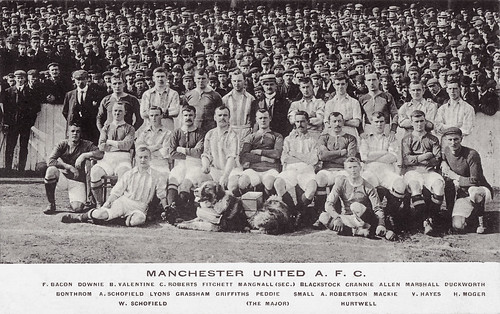

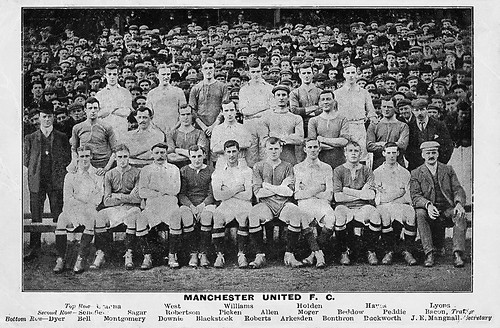

No comments:
Post a Comment